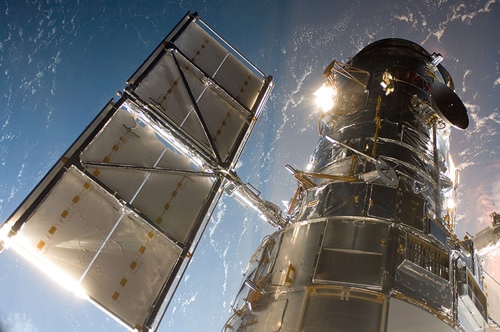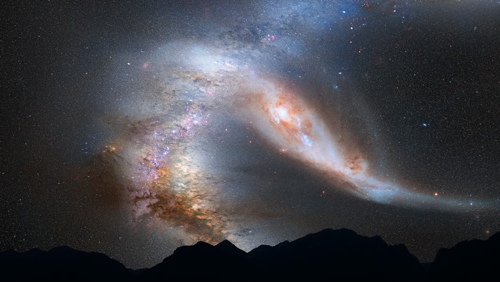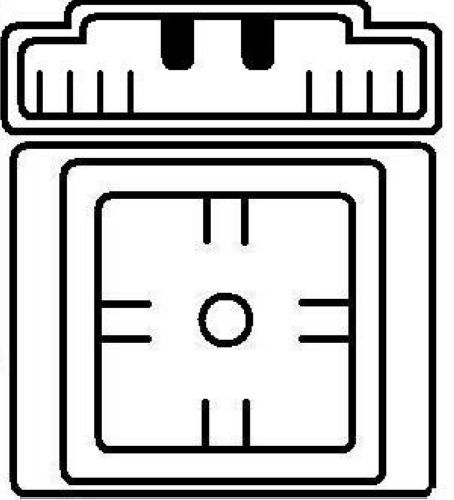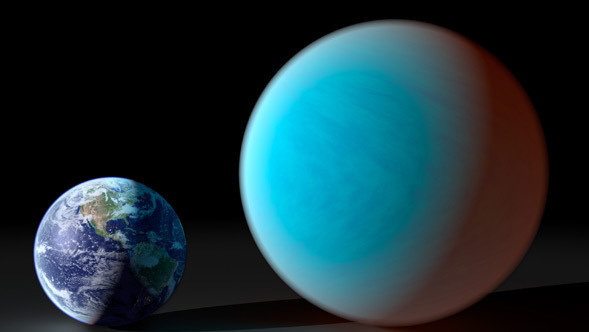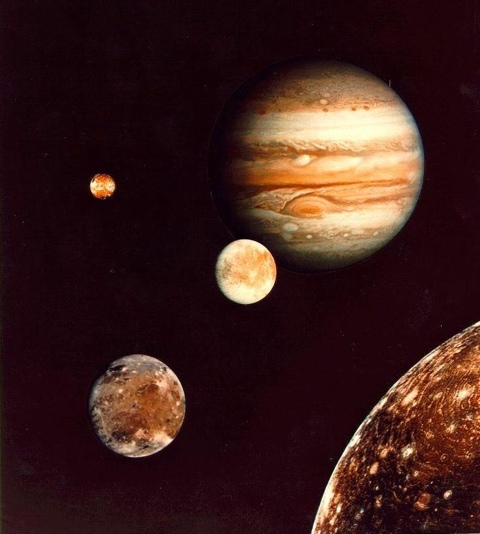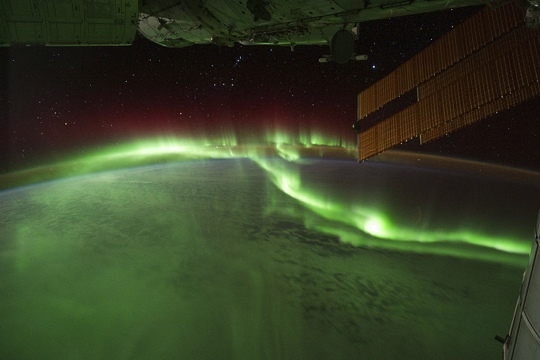Microbes Capable Of Surviving On Mars Found
A new DNA analysis of the Martian-like landscape on top of some South American volcanoes has found communities of bacteria, fungi, and archaea. These organisms are not just capable of surviving there, but also deriving their energy in ways not currently known, perhaps from volcanic gases, the researchers think. “We haven’t formally identified or characterized […]
Microbes Capable Of Surviving On Mars Found Read More 👉
